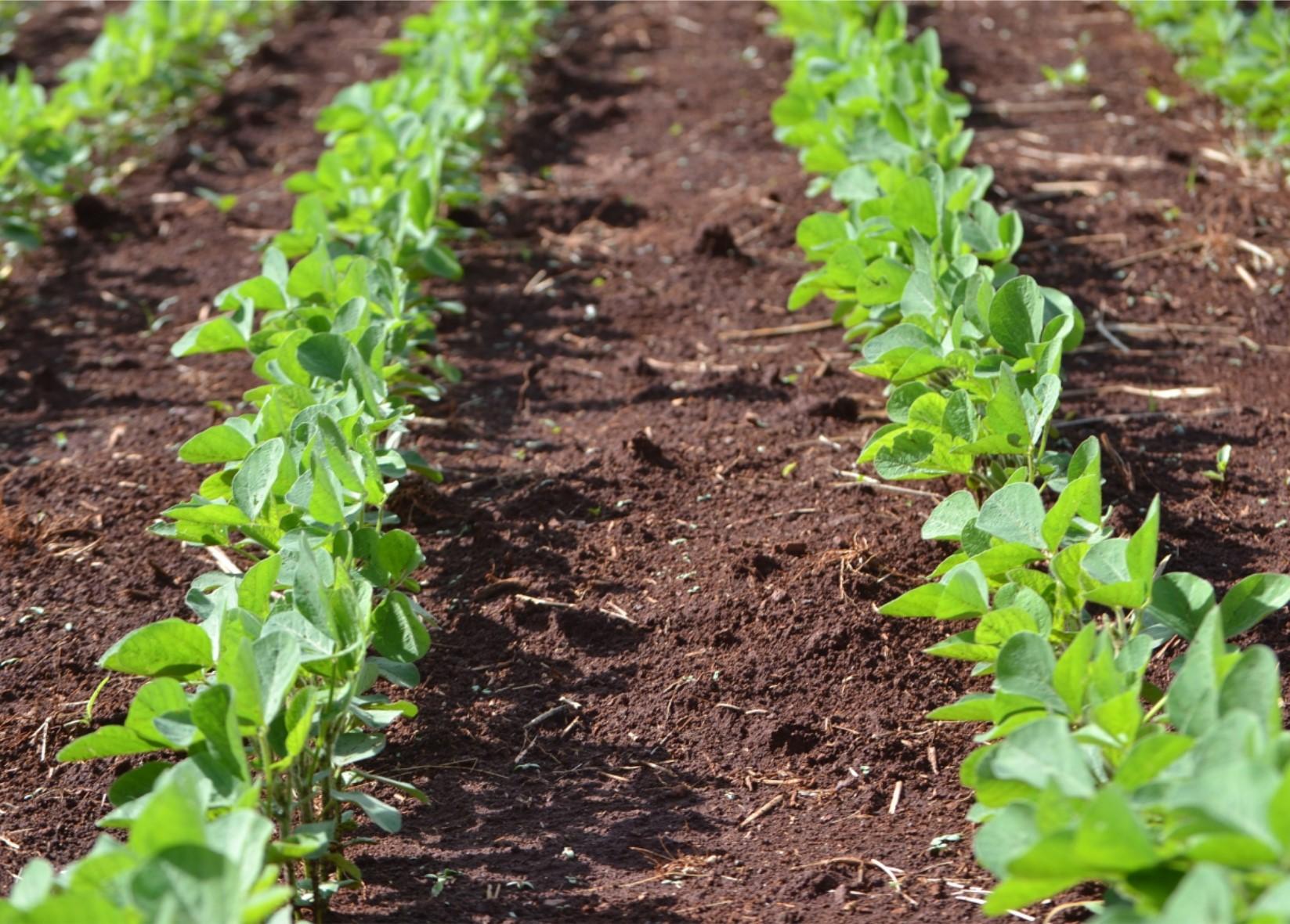Double Crop Beans, Not So Fast
With barley harvest behind us and wheat harvest in full swing, our thoughts move to planting double-crop soybeans. This might be a prudent decision in many cases, but if you need forage, it may be a short-sighted choice. I suggest you look into your toolbox and consider forage sorghum, millet, or even grain sorghum.
Members of the sorghum family can be a profitable alternative crop, provided that it is managed well and used in the right situations. For instance, forage sorghum is cheaper to produce, has comparable yields, but has slightly lower forage quality when compared to corn for silage. This crop has a lot of potential in forage/livestock systems used on many farms.
These crops are best adapted to warm regions and are known for their drought tolerance compared to corn. They have higher temperature requirements than corn. For example, the minimum temperature for sorghum growth is about 60°F, and the highest yields occur when the mean temperatures during the growing season are between 75°F and 80°F. Forage sorghums have even been grown successfully in short-season areas of the mid-Atlantic, where 95-day corn is considered full season. Forage sorghum growth can range from 5 to 15 feet tall, depending on the hybrid. Hybrids can be fertile and produce grain yields comparable to grain sorghum, or they can be sterile and produce no grain.
Forage sorghum usually does not regrow following harvest; unlike sorghum-sudangrass, sudangrass or pearl millet, forage sorghum is best adapted to a single-cut harvest for silage. Forage sorghum silage is usually slightly lower in energy than corn silage and is similar in protein. Yields of forage sorghums are comparable to corn and range from 15 to 30 tons per acre depending on the soil, weather, and the hybrid. Both grain sorghum and forage sorghum have more resistance to deer damage than does corn. Consequently, they are also adapted to fields where deer damage makes corn production unprofitable.
When planted in early July, sorghum-sudangrasses can produce several tons by mid-September, where millet will likely produce slightly less per acre. However, there are improved varieties of pearl millet that can produce similar forage yields. Sorghum-sudangrass because its large stems is best used for silage or balage. Pearl millet has slightly smaller stems which makes it the better choice for dry hay. Additionally, using a higher seeding rate may help to reduce stem size when the goal is making dry hay. The forage quality will depend on the stage of maturity at harvest. A good balance between yield and quality is to cut sorghum-sudangrass or pearl millet hay during the boot stage. Forage quality can range from 55 to 65% total digestible nutrients (TDN) and 6 to 10% crude protein when the plant is between the dough and boot stage.
Sudangrass may be best suited for grazing. Sudangrass usually has less yield potential than sorghum-sudangrass. It has smaller stems and will regrow after the initial grazing, resulting in equal or better yields in a grazing situation. Sudangrass also has less risk of prussic acid poisoning than sorghum-sudan. Pearl millet can also be used for grazing, and unlike sudangrass and sorghum-sudangrass, it does not produce prussic acid, which means that it can be grazed during the initial frost period. To avoid prussic acid poisoning when grazing sudangrass or sorghum-sudan, cattle should be removed before the first frost and can start grazing again seven days after the killing frost. Grazing can begin when sudangrass and pearl millet reach 15 to 20 inches in height, but cattle should be moved when stubble height reaches 6 to 8 inches to allow for regrowth. Do not start grazing sudangrass before it reaches 15 inches as there is a risk of prussic acid poisoning. If the growth is greater than 36 inches tall, harvesting as hay or silage may be best since grazing cattle will trample the forage and result in both waste and slow regrowth. Thus, if the goal is for late summer grazing, it may be advantageous to delay planting until mid to late July to ensure that the plants are at the desired stage for grazing.
Weed control could be minimal after small grain if your cereal crop were relatively clean. No-till or vertical tillage can be used to establish the crop.
If you need forage, one of these members of the sorghum family may be a better choice. Feed is one of the highest costs in livestock production, and these crops are a cost-effective alternative for dairy heifers and beef cattle.
This article appears on July 2021, Volume 12, Issue 4 of the Agronomy news.
